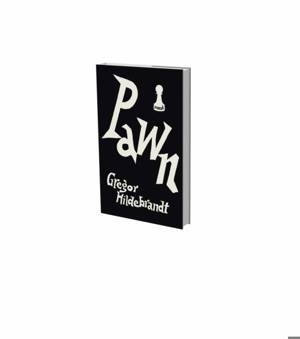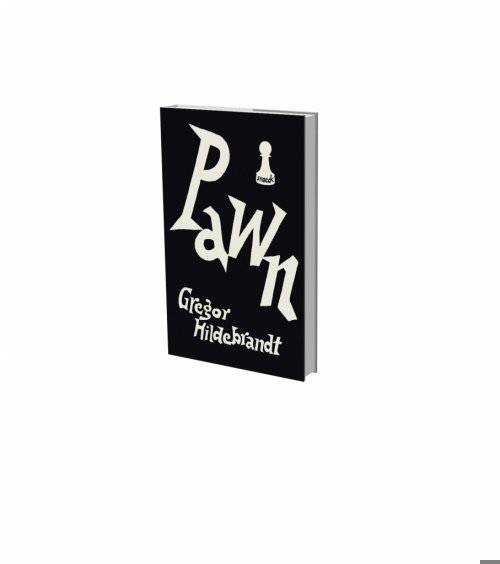
- Afhalen na 1 uur in een winkel met voorraad
- Gratis thuislevering in België vanaf € 30
- Ruim aanbod met 7 miljoen producten
- Afhalen na 1 uur in een winkel met voorraad
- Gratis thuislevering in België vanaf € 30
- Ruim aanbod met 7 miljoen producten
Zoeken
€ 46,45
+ 92 punten
Omschrijving
Gregor Hildebrandt (*1974) saw a photograph by Will Steacy, an American photographer who had created a series about pawnshops in the United States. The system of pawnshops in turn prompted Gregor Hildebrandt to play with the meaning and sense of the word pawnshop, i.e. to set up a shop in which chess pieces (pawns) were to be sold. When these are not directly connected to the game itself, he sees them and the shop itself as sculptures. For this purpose, he assembled the pawns in an installation covering the entire wall in evenly arranged rows of shelves, thus transposing them into a state dissociated from their purpose. With this artist's book, Gregor Hildebrandt further explores a wide variety of variations on the theme, including chess pieces of the most varied nature in their surroundings, chess patterns on floors, walls, and clothing, as a motif in his own abstract painting, and as decoration at an overseas cemetery. Gregor Hildebrandt's collages, panel paintings, photographic works, and installations have always been a source of astonishment, even sensation, having used analog data carriers, i.e. audio and video tapes as well as records, their casings, and covers as source material, whereby the audio tapes used have always had selected music recorded on them beforehand.
Specificaties
Betrokkenen
- Auteur(s):
- Uitgeverij:
Inhoud
- Aantal bladzijden:
- 128
- Taal:
- Engels
- Reeks:
Eigenschappen
- Productcode (EAN):
- 9783864423000
- Verschijningsdatum:
- 5/04/2020
- Uitvoering:
- Hardcover
- Formaat:
- Genaaid
- Afmetingen:
- 127 mm x 203 mm
- Gewicht:
- 294 g

Alleen bij Standaard Boekhandel
+ 92 punten op je klantenkaart van Standaard Boekhandel
Beoordelingen
We publiceren alleen reviews die voldoen aan de voorwaarden voor reviews. Bekijk onze voorwaarden voor reviews.








